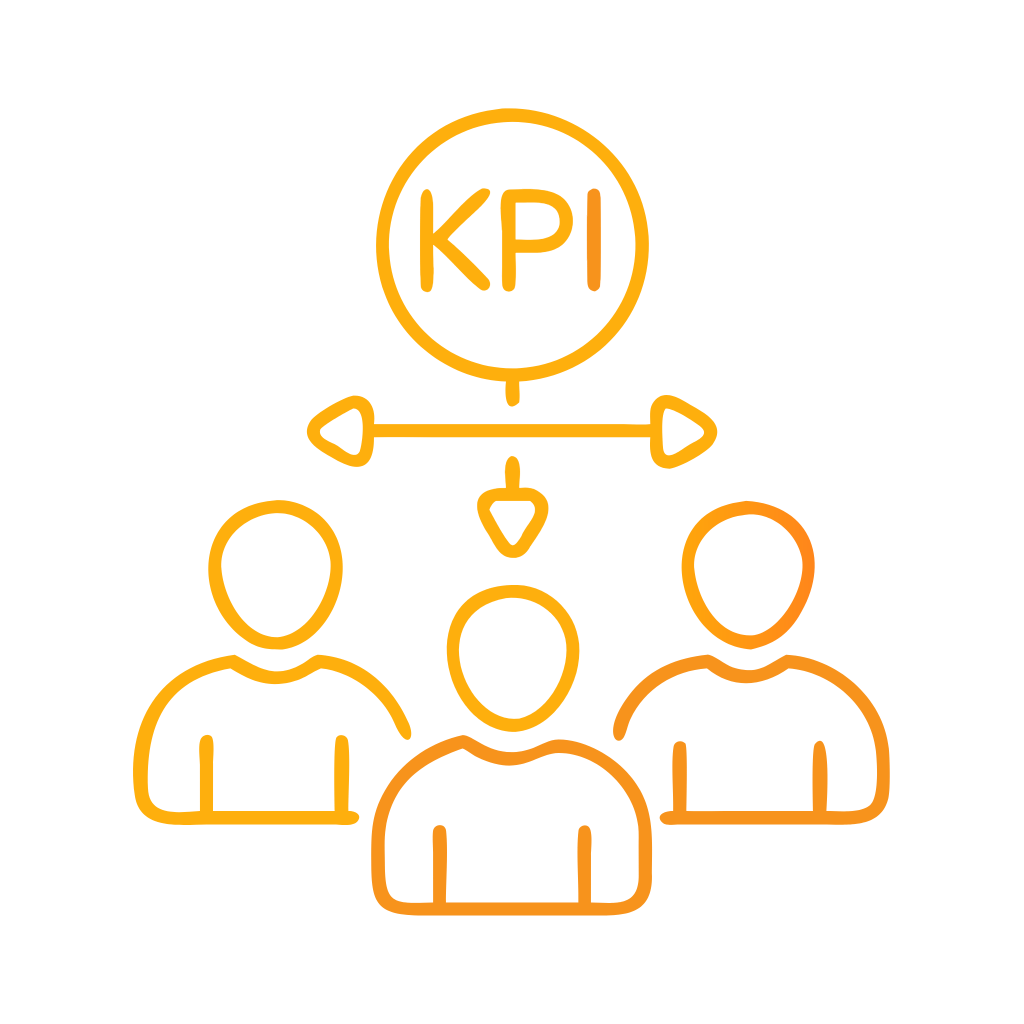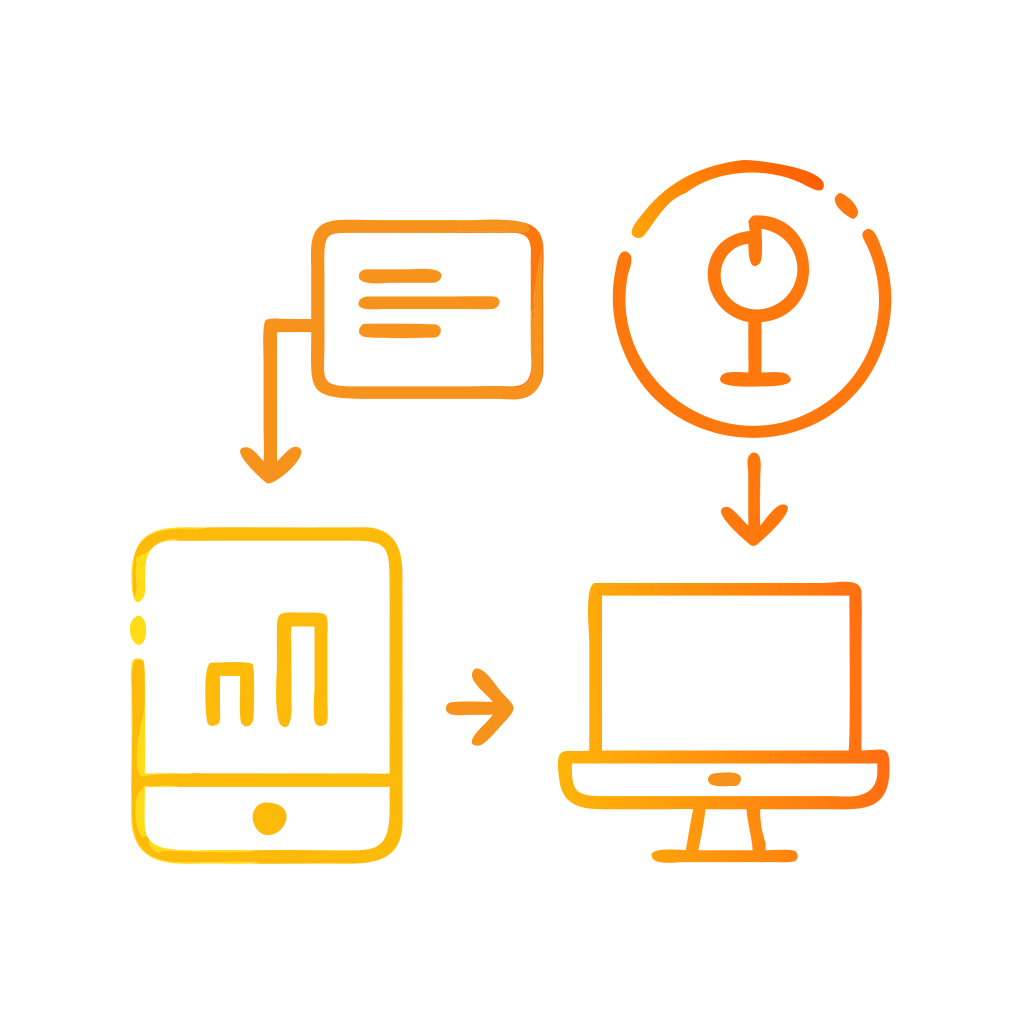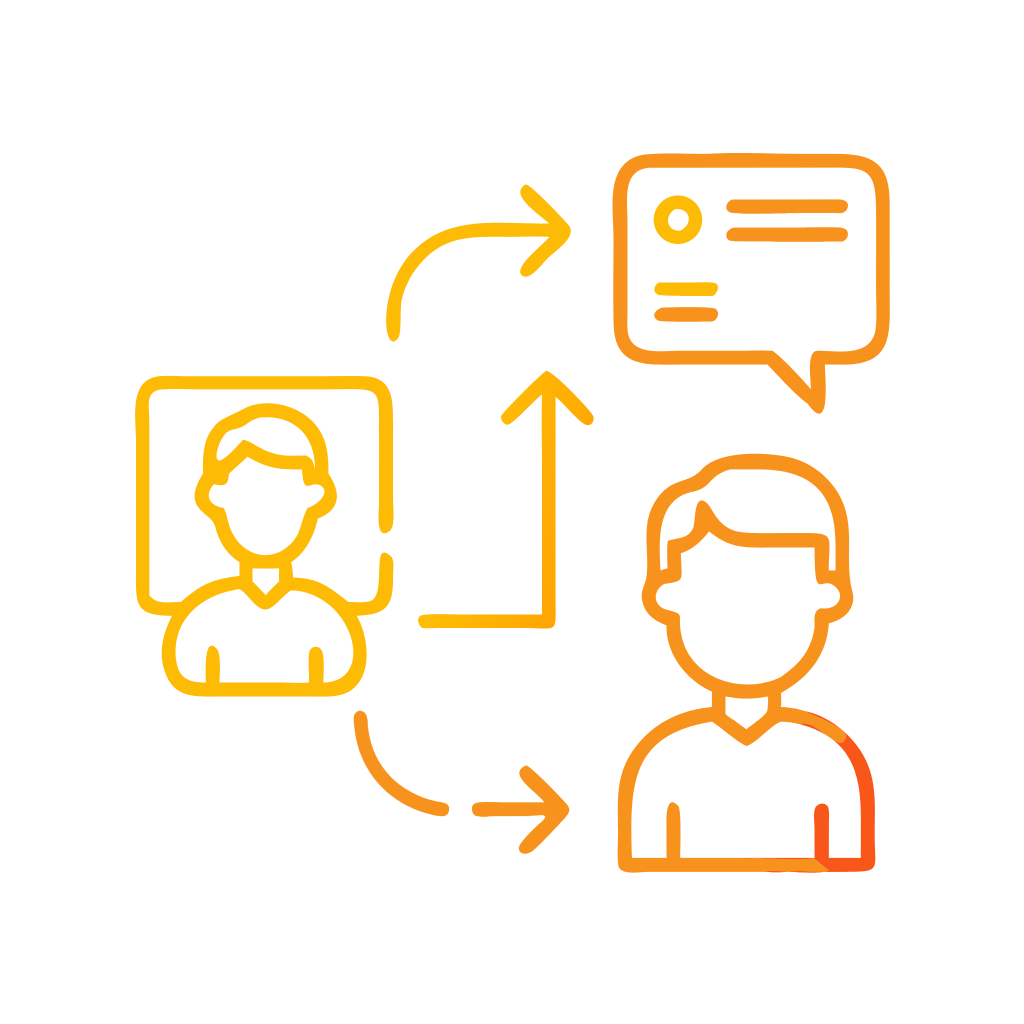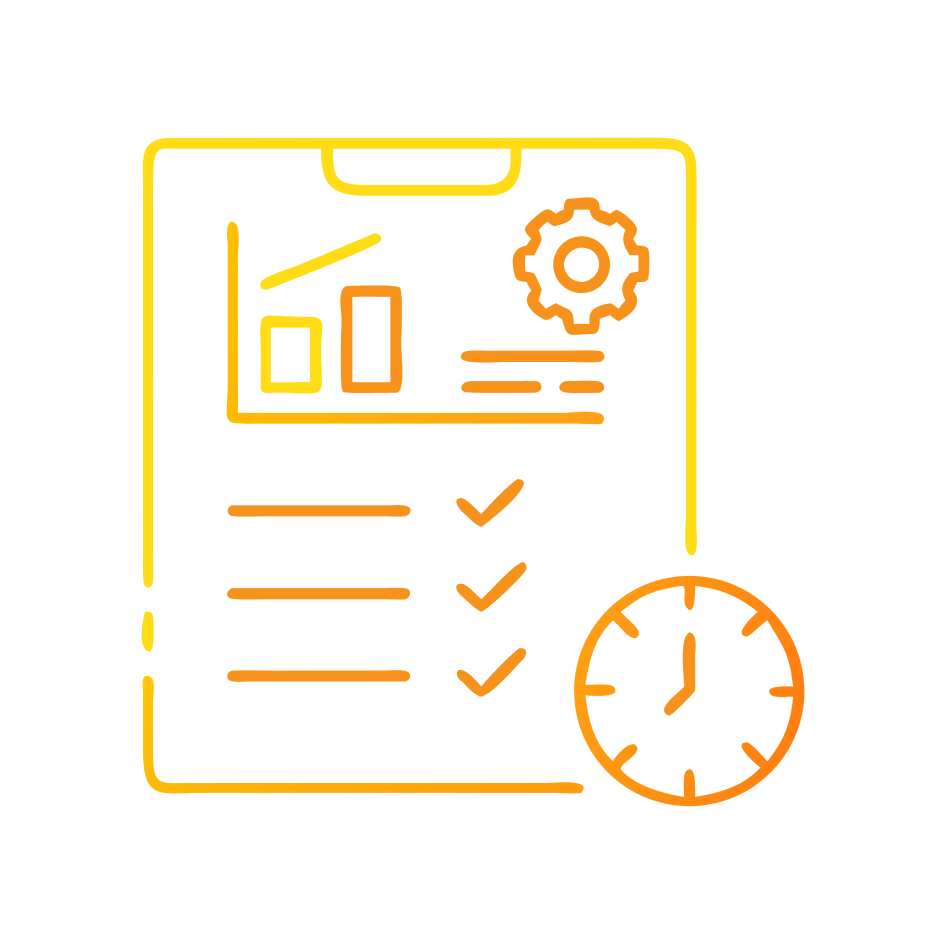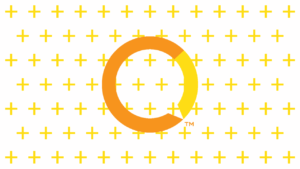Why test governance matters to CX and service leaders
Executives face a quality paradox. Teams ship faster, but customer expectations rise faster still. Test governance aligns product, engineering, data, and operations on a measurable way to prevent defects, reduce risk, and prove value. In this playbook, test governance means a lightweight system of roles, standards, controls, and metrics that direct how an organization plans, executes, and improves testing. This system adapts across digital channels, contact centers, data platforms, and AI services. Done well, test governance raises release confidence, keeps incidents rare and short, and turns quality into a repeatable habit rather than a heroic effort.¹
What is “test governance” in plain language?
Test governance sets the rules of the road for testing. The structure defines who decides test strategy, which standards apply, how risks are scored, what evidence is required before release, and which metrics indicate healthy delivery. In software, standards such as ISO/IEC/IEEE 29119 describe common concepts, documentation, and processes that any lifecycle can adopt, from agile to DevOps to platform teams. The point is not paperwork. The point is consistent language, predictable artifacts, and auditable decisions. When teams share definitions of test levels, test techniques, and exit criteria, they accelerate delivery while improving reliability.¹ ⁶
Where does test governance fit in the operating model?
Leaders should position test governance at the intersection of product management, engineering, SRE, security, and data. Google’s SRE practices treat reliability as an engineering problem and convert availability, latency, and capacity targets into day-to-day mechanisms like error budgets and game days. That mindset belongs inside governance. If your quality council reviews risk and readiness, SRE brings the operational discipline and evidence to that forum. The same forum sets policy for security testing that follows established community playbooks for web and API testing, so that security evidence enters release decisions with equal weight.² ³
How do we scope testing across CX systems and data foundations?
Customer experience spans web, mobile, IVR, contact center workflows, identity, and data pipelines. Governance should define scope in layers: customer journeys, services and APIs, data products, and machine learning systems. The OWASP Web Security Testing Guide lays out task lists for identity, authentication, authorization, input validation, and API testing that fit naturally into a multi-layer test plan. Those tasks translate to evidence in the release checklist, not ad hoc heroics. That same checklist covers data quality and lineage checks in identity graphs and analytics models, so test scope mirrors how customers actually experience your platform.² ¹⁵
What risks should we govern explicitly?
Test governance should weight risk by impact and likelihood. NIST SP 800-30 outlines a structured method to assess risks, tie them to business impact, and choose controls. In practice, use a simple heat map seeded by personas and journeys: payment disruption, privacy breach, identity takeover, contact center outage, and model decision errors. Calibrate thresholds so critical scenarios demand defense-in-depth evidence, including reliability tests, security tests, and failover drills. Publish a small catalog of required controls by risk class so teams know the minimum bar and auditors see traceability from risk to test.⁵
How should we test for reliability, not just functionality?
SRE reframes testing around the behavior of systems under stress. Reliability tests validate that services meet service level objectives and recover quickly when they do not. Build these practices into governance: load tests that align to SLOs, fault injection for dependencies, disaster recovery drills, and game days that rehearse incident response. The SRE body of knowledge provides patterns for overload handling and failure isolation. When teams attach test results to SLOs, the governance forum can grant release approval on objective criteria rather than intuition.³
What metrics make governance decision-ready?
DORA’s four key metrics offer a concise gauge of software delivery performance: deployment frequency, lead time for changes, change failure rate, and time to restore service. Governance uses these as a quality dashboard. Velocity metrics indicate how fast value moves. Stability metrics indicate how safely value moves. Google’s guidance reinforces this split and links elite performance with stronger business outcomes, so the council can set targets, review trends, and intervene early when risk rises. Pair these with SLO compliance and escaped defect counts to complete the picture.⁴ ¹⁰
How do security testing standards integrate without slowing delivery?
Security needs to be integral, not parallel. The OWASP testing framework provides a phased approach that mirrors the SDLC: plan, design, build, deploy, and operate. Embed its tasks into existing stages, then automate evidence capture where possible. Penetration testing remains essential for critical releases, but daily confidence comes from integrated static analysis, dependency scanning, API testing, and authenticated fuzzing. Governance codifies which classes of applications require which tests, when to block, and how to handle compensating controls. This avoids security-only gates while raising the base level of assurance.² ⁸ ¹⁵
How should we govern AI and analytics testing?
AI introduces data drift, bias, and model failure modes that traditional tests miss. NIST’s AI Risk Management Framework organizes trustworthy AI around functions to map, measure, manage, and govern risks. Use that scaffold to define additional evidence: dataset provenance, training and evaluation protocols, fairness checks, robustness tests, and monitoring for drift. Treat models and data pipelines as products with explicit owners and SLOs for freshness, accuracy, and stability. The governance forum then reviews model cards and risk registers alongside standard release artifacts before approving deployment to production or contact center workflows.⁷ ¹³ ²⁰
How do we right-size governance for speed?
Good governance feels small. Start with a compact policy that defines minimum controls by risk level and a single release checklist that captures evidence. Use a federated model. A central quality council sets standards, curates tooling, and reviews the riskiest changes. Domains such as identity, customer data, and contact center platforms run local ceremonies to apply the same rules to their context. Keep document templates short. Require only artifacts that help decisions. Reuse test plans and evidence where services are reused. Encourage teams to automate evidence capture into the pipeline so governance runs at delivery speed.¹
How do we implement this playbook in ninety days?
Leaders can sequence three waves. First, establish governance. Form the quality council with product, engineering, SRE, security, and data leaders. Approve a one-page policy that aligns to established testing standards but limits scope to a few mandatory artifacts. Publish a risk heat map and a minimum control catalog. Second, instrument delivery. Adopt the four key metrics, SLOs for top services, and a release checklist that references evidence sources. Third, industrialize testing. Roll out test automation aligned to the OWASP phases, add load and failure testing aligned to SLOs, and standardize data and model testing aligned to the AI risk framework. Track decisions and outcomes in a lightweight register.² ³ ⁴ ⁷
Which roles make governance work without bureaucracy?
Roles matter. Appoint a head of quality to chair the council and own the policy. Name SRE as custodian of SLOs and reliability tests. Assign security architects to curate the OWASP-aligned security test catalog and tooling. Ask data product owners to own model cards and data quality SLOs. Give delivery managers the remit to publish the four key metrics weekly and drive improvement experiments. Ensure each product owner can present a release checklist and evidence at any time, including the contact center leader responsible for agent tools and automations. This creates a rhythm of clear ownership and quick decisions.² ³ ⁴
How do we measure impact and keep improving?
Governance succeeds when fewer defects escape, outages resolve faster, and teams ship features with confidence. Measure escaped defects per quarter by severity, mean time to restore, SLO violation minutes, and the four key metrics. Couple these with customer signals such as churn drivers and contact center failure demand. Use a quarterly calibration to adjust risk weights and control thresholds. Close the loop by reviewing incidents and near misses, updating the minimum control catalog, and running targeted game days. Publish wins and lessons to keep momentum and make quality a visible competitive asset.⁴ ¹⁰ ³
What evidence satisfies auditors without stalling delivery?
Auditors look for traceability from risk to control to test to result. Keep a release package that links risk class, required controls, test runs, and pass criteria. Use ISO-aligned templates for plans and reports to help auditors recognize structure without forcing heavy documents. Maintain a change log that includes sign-offs and exceptions with rationale. Store this evidence automatically in your CI system or artifact repository so retrieval is instant. This approach meets the spirit of standards while preserving team velocity and morale.¹
A simple governance checklist you can adopt today
Leaders can start with a one-page checklist. Define the service and change. Record the risk class. Attach evidence of functional tests, security tests, reliability tests against SLOs, data and model tests where relevant, and rollout plan with monitoring. Include a backout path and an owner. Capture DORA metrics for context. Approve with named roles. Review outcome post-release. This humble checklist encodes your policy, accelerates decisions, and produces an audit trail that scales.⁴ ² ³ ⁷
FAQ
What is test governance and why does it matter for Customer Science clients?
Test governance is the lightweight system of roles, standards, controls, and metrics that direct how an organization plans, executes, and improves testing. It improves release confidence and reduces incidents across CX platforms, contact centers, identity, data, and AI services.¹
Which metrics should C-level leaders use to judge delivery health?
Leaders should track DORA’s four metrics and pair them with SLO compliance and escaped defect counts to balance speed and stability for software delivery and operations.⁴ ¹⁰
How does security testing integrate without blocking releases?
Embed OWASP’s phased testing tasks into existing stages and automate evidence capture. Use risk classes to define when to block and when to accept compensating controls.² ¹⁵
Who owns reliability testing in the governance model?
SRE owns service level objectives and reliability tests such as load, failover, and game days, and presents evidence to the quality council for release decisions.³
What should govern AI and analytics releases at Customer Science scale?
Apply NIST’s AI Risk Management Framework to add evidence for data provenance, fairness, robustness, and monitoring. Treat models and data pipelines as products with owners and SLOs.⁷ ¹³
Which standards help align documentation and audits?
Use ISO/IEC/IEEE 29119 concepts and templates to standardize test plans and reports so auditors see traceability from risk to control to test to result.¹
Which quick wins can a CX leader deliver in ninety days?
Stand up a quality council, publish a one-page policy and risk heat map, adopt the four key delivery metrics, require a single release checklist, and add SLO-aligned reliability and OWASP-aligned security tests.² ³ ⁴
Sources
ISO/IEC/IEEE 29119-1:2022 Software and systems engineering — Software testing, ISO/IEC/IEEE, 2022, International Organization for Standardization. https://www.iso.org/standard/81291.html (ISO)
OWASP Web Security Testing Guide, OWASP Foundation, latest edition, OWASP Project. https://owasp.org/www-project-web-security-testing-guide/ (OWASP)
Site Reliability Engineering, Betsy Beyer, Chris Jones, Jennifer Petoff, Niall Richard Murphy (eds.), 2016, O’Reilly Media / Google SRE. https://sre.google/books/ (Google SRE)
DORA’s software delivery metrics: The Four Keys, DORA, 2025, dora.dev Guides. https://dora.dev/guides/dora-metrics-four-keys/ (Dora)
NIST Special Publication 800-30 Rev. 1: Guide for Conducting Risk Assessments, Joint Task Force, 2012, National Institute of Standards and Technology. https://csrc.nist.gov/pubs/sp/800/30/r1/final (NIST Computer Security Resource Center)
Testing — ISTQB Glossary, ISTQB, latest, ISTQB Glossary. https://istqb-glossary.page/testing/ (ISTQB Glossary)
Artificial Intelligence Risk Management Framework (AI RMF 1.0), NIST, 2023, National Institute of Standards and Technology. https://nvlpubs.nist.gov/nistpubs/ai/nist.ai.100-1.pdf (NIST Publications)
Using the Four Keys to measure your DevOps performance, Grace Mollison et al., 2020, Google Cloud Blog. https://cloud.google.com/blog/products/devops-sre/using-the-four-keys-to-measure-your-devops-performance (Google Cloud)
